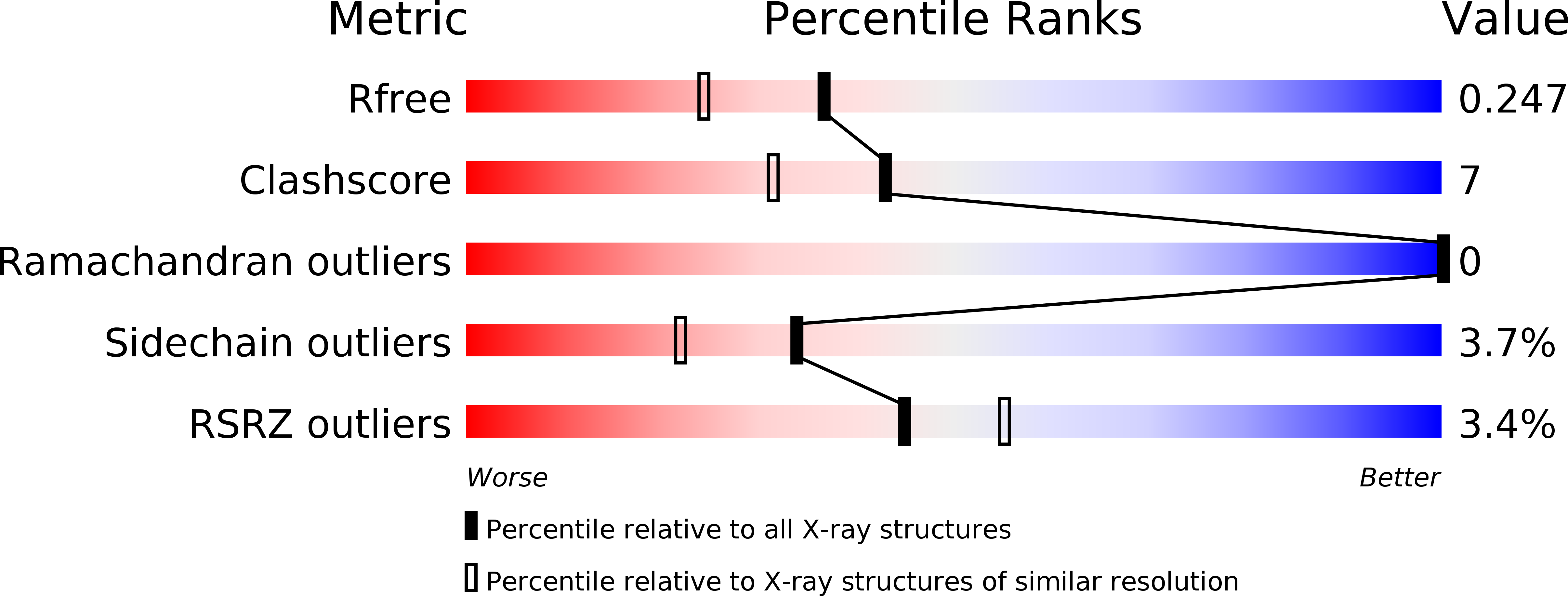
Deposition Date
2013-05-22
Release Date
2013-06-05
Last Version Date
2024-11-20
Entry Detail
PDB ID:
4KUN
Keywords:
Title:
Crystal structure of Legionella pneumophila Lpp1115 / KaiB
Biological Source:
Source Organism:
Legionella pneumophila (Taxon ID: 297246)
Host Organism:
Method Details:
Experimental Method:
Resolution:
1.95 Å
R-Value Free:
0.24
R-Value Work:
0.19
R-Value Observed:
0.19
Space Group:
P 1 21 1


